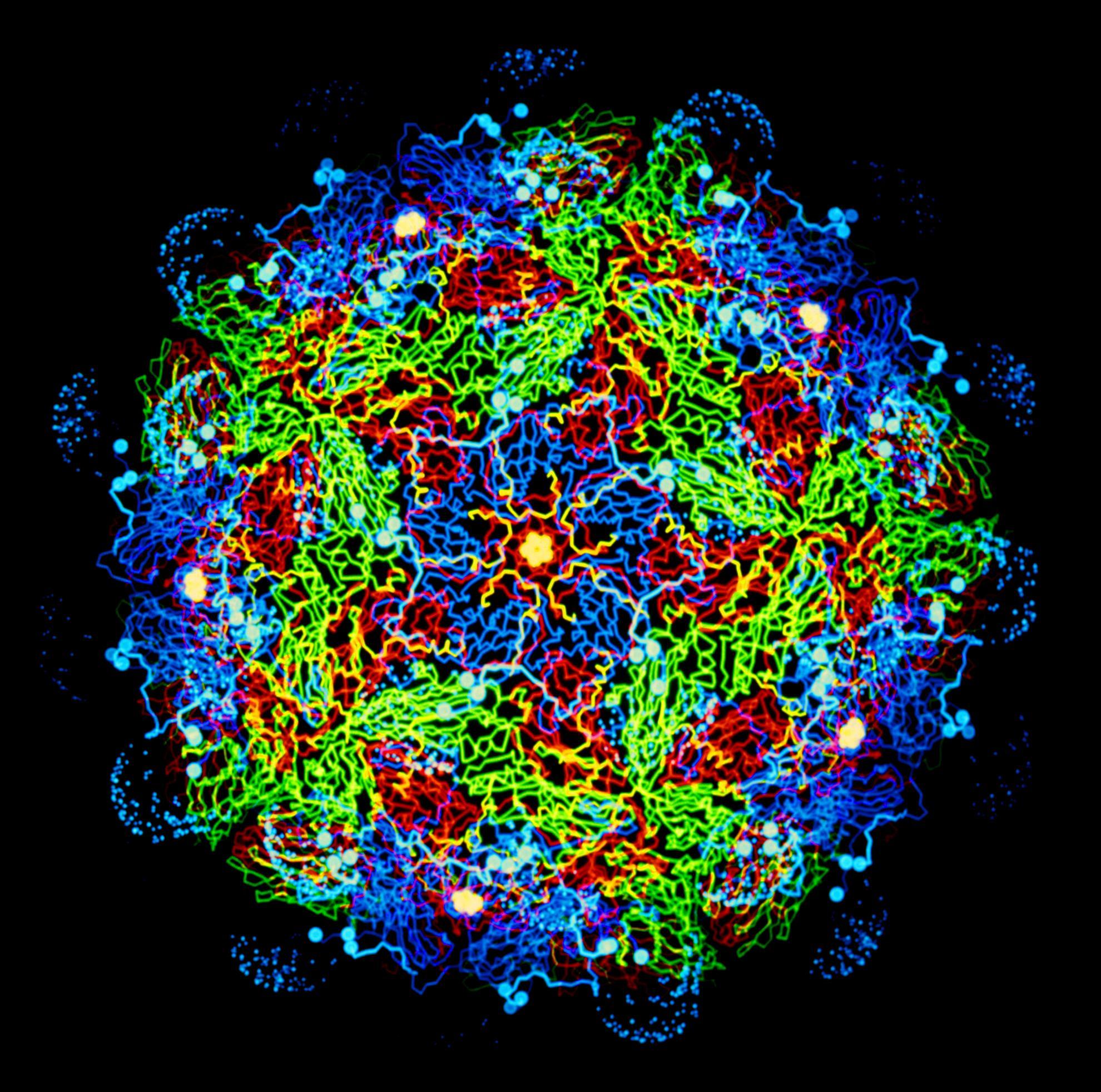Environmental and air sampling are efficient methods for the detection and quantification of foot-and-mouth disease virus
Foot-and-mouth disease virus (FMDV) can be found in all secretions and excretions and the breath of acutely infected animals. FMDV can survive in the environment, providing an opportunity for surveillance. The objective of this study was to assess the efficiency of sampling methods for the recovery and quantification of FMDV from a range of environmental surfaces and in aerosols. Selected surfaces, based on those likely to be found on farms, were spiked with a range of concentrations of FMDV, left to dry and then the surface was swabbed with an electrostatic dust cloth. For aerosol sampling, FMDV was nebulised at different concentrations and distances from the sampler. Recovery of viral RNA and infectious virus was measured by RT-qPCR and virus isolation respectively. FMDV RNA was detected from all surfaces at all concentrations except from glass. Infectious virus was recovered from all surfaces but only at higher concentrations. The higher the starting concentration of virus the more efficient the recovery was from surfaces and recovery was more consistent from non-porous surfaces than porous surfaces. FMDV was detected in aerosol samples and the amount of virus recovered decreased as the distance between the nebuliser and sampler increased. The higher the starting concentration of virus the more efficient the recovery was from sampled aerosols. The information provided in this study could be used to direct environmental and aerosol sampling approaches in the field and improve the detection efficiency of FMDV from an environment, thus extending the toolbox available for diagnosis and surveillance of this pathogen.

